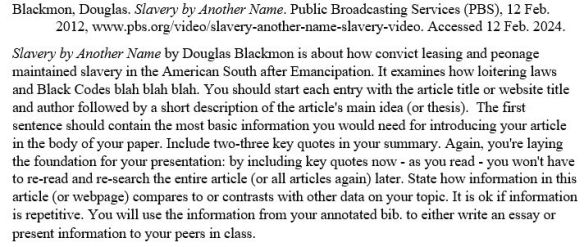Choose how you want to learn and create
Students may choose to work in groups of no more than two students, or they may choose to work individually.
Choose a topic
Writers and Poets: Use the links below as one resource – you cannot use Wikipedia, but can bib. farm from the links at the bottom of Wiki pages. 😀
- Alain Locke and “The New Negro”
- Langston Hughes
- Zora Neale Hurston
- Gwendolyn Bennett
- Gwendolyn Brooks
- Maya Angelou
- Claude McKay
- Countee Cullen
- Arna Bontemps
- Paul Laurence Dunbar
- Helene Johnson
- James Weldon Johnson
- Jean Toomer
Musicians
- Ma Rainey
- Ella Fitzgerald
- Duke Ellington
- Louis Armstrong
- Billie Holiday
- “Strange Fruit” and Abe Meeropol
- Josephine Baker:
famous entertainer, fought for French in WWII, part of French Resistance, adopted children from all over the world called her “Rainbow Tribe” (and you thought Madonna and Angelina Jolie were original) - Cab Calloway
- The Nicholas Brothers
- Jelly Roll Morton
- Bessie Smith
- Mamie Smith (considered to be the first blues recording artist)
Artists
- Oscar Micheaux (African American filmmaker)
- Palmer Hayden
- Aaron Douglas
- Malvin Gray Johnson
- James VanDerZee
- Some of VanDerZee’s photographs
- Romare Bearden
- William H. Johnson
- Jacob Lawrence (created art about the Great Migration)
- Augusta Savage (female sculptor)
- Hale Woodruff
- Meta Warrick Fuller (female sculptor)
- Lois Mailou Jones (female painter influenced by Haiti & Africa)
Leaders/Philosophers/Activists/Scientists
- Charles Houston: The Man Who Killed Jim Crow / African American lawyer who argued before the Supreme Court
- NAACP:
National Association for the Advancement of Colored People - Madam C.J. Walker
(first self-made millionaire – salon owner / hair care products – her hair care line is still going strong) - Ida B. Wells (fought against lynching)
- National Association of Colored Women / Negro Women’s Club
- W.E.B. Du Bois
- Marcus Garvey
- Marie Maynard Daly (conducted important studies on cholesterol & sugars)
- George Washington Carver (scientist)
- Anarcha, Lucy, and Betsey (the women behind modern day gynecology – click on ‘transcript’ to the left to read information about the troubling history of medical experimentation on African Americans and its implications in modern day hospitals)
- Henrietta Lacks (her body’s cells are still reproducing in labs today to advance medicine around the world)
Places/Events/Travel
- The Black Wall Street
- Apollo Theater
- Cotton Club
- Savoy Theater
- The Great Migration 1910-1930
- The Negro Motorist Green Book (how to safely travel across America by car)
- Convict Leasing
Create an Annotated Bibliography using 3-5 sources.
- Most classes will just start with the title and author: Annotated Bibliography sans citations.
- Honors English students will create more formalized Annotated Bibliography with works cited entries.
- Start each entry with the bibliographic citation (follow MLA format from the Purdue OWL).
- Start with Author’s Last Name,First Name. (If no name is available, skip to next data point.)
- “Title of the Article or Page”
- Title of the Website or Journal or Newspaper
- Publication date: Day month year
- URL
- Date Accessed
- Entries that are longer than a single line are reverse-indented. See sample below.
- Start each entry with the bibliographic citation (follow MLA format from the Purdue OWL).
- List entries in alphabetical order by author’s last name or title if no author is given.
- Entries are single-spaced with a space between entries.
- Skip a line then write thorough summaries of the article.
- Include at least two-three significant quotes per entry. Quotes should be key to the argument; don’t just pick any random quote.
- Talk about ways in which ideas are similar to other texts you have read. What makes each article unique and how does each contribute to your overall argument?

